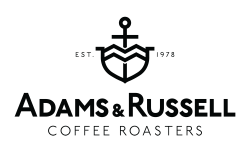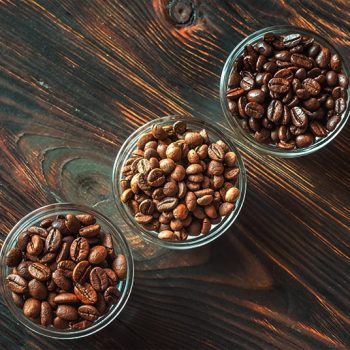
In this blog post I’m going to put Robusta under the spotlight for a change, and delve into what this mysterious bean is all about.
I’m going to compare it against our beloved Arabica, to ask the question:
Which is the better bean?
I’m going to cover the basics you’re interested in, such as taste difference, but also throw in some coffee curveballs that you may not know, such as difference in acidity and origin.
Here’s a contents table so you can skip to the section you’re looking for…
Just click on a topic:
Who uses Robusta coffee beans?
Who uses Arabica coffee beans?
What is Robusta coffee?
Robusta coffee is a species of coffee bean that comes from the Coffea canephora plant. It makes up around 30% of the worlds total production, making it the second most popular variety of bean.
It is typically known for a strong, harsh, deep flavour and high caffeine content. These characteristics are ideal for instant coffee, which is why Robusta is used for most instant coffee powders and granules.
So, what is the most popular bean? Keep reading…
What is Arabica coffee?
Arabica is the most highly produced species of bean. It comes from the plant Coffea Arabica and is greatly favoured over Robusta in the world of coffee connoisseurs.
The nuanced, vibrant, sweeter and more complex flavours play a large role in the bean’s popularity. Although it has a lower caffeine content, most drinkers stand by their precious Arabica beans because of the delicious taste.
If you’re thinking ‘there must be more to Arabica vs Robusta than that!’, you’re right! There are plenty of other differences, which I’m going to delve into right now…
Let’s compare the differences – Arabica vs Robusta…
Arabica and Robusta certainly have more differences than similarities, in fact there aren’t many more resemblances than the fact they both brew a cup of coffee!
To kick off this comparison, let’s start with the first thing you’d notice about the two beans, their appearance…
Appearance
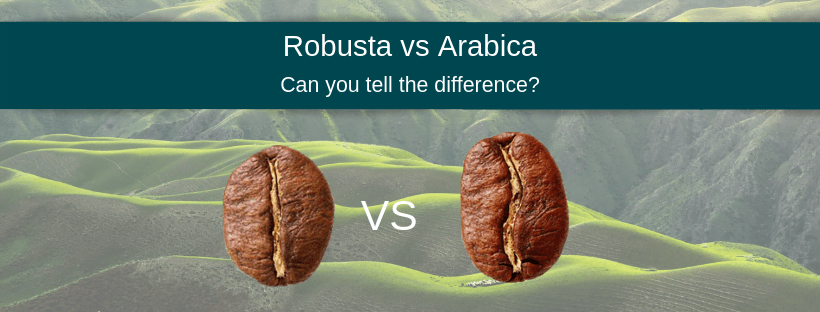
Imaged based on getcoffeebehappy.com
Do you know which is which? I’ll give you a second to have a think about it…
Times up, Robusta is on the left. As you can see, it is smaller, rounder and thicker. The arabica looks more like the ‘typical’ bean you are used to. Taller, more slender and follows the instantly recognisable ‘S’ shape down the middle.
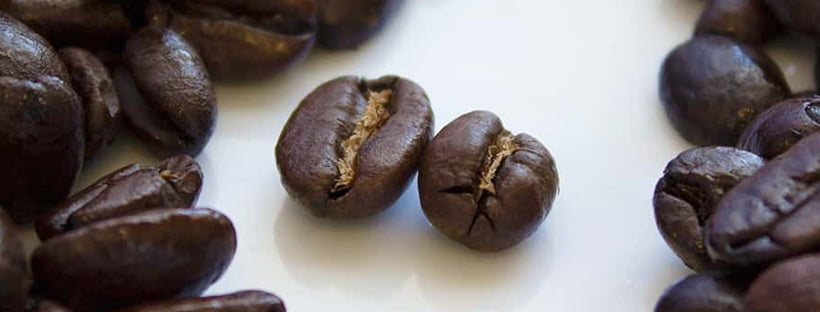
Image from enjoyjava.com
How about these two? Can you tell the difference? Before you start guessing, they’re actually both Arabica (just different grades).
I wouldn’t blame you for thinking the bean on the right was Robusta as it does appear shorter and thicker. However, this is just to show you how difficult it can be to distinguish different species.
With that being said, let’s get into some clearer differences between the two…
Where they come from
Wikipedia tells us that Robusta is mainly grown in:
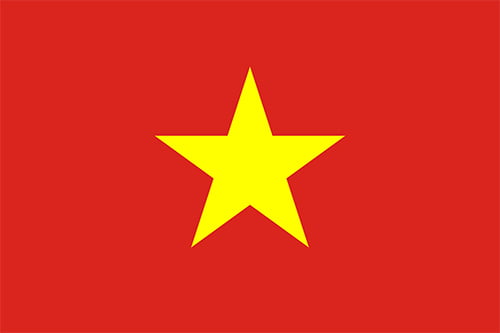 Vietnam
Vietnam 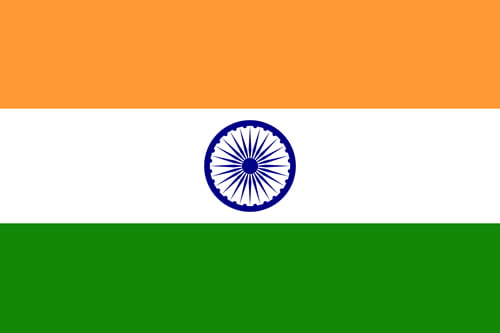 India
India
 Africa
Africa 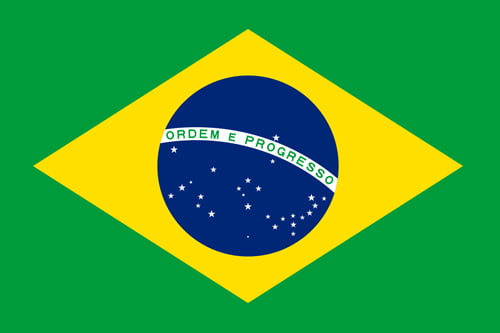 Brazil
Brazil
Whereas Arabica is mainly grown in:
 Brazil
Brazil  Vietnam
Vietnam
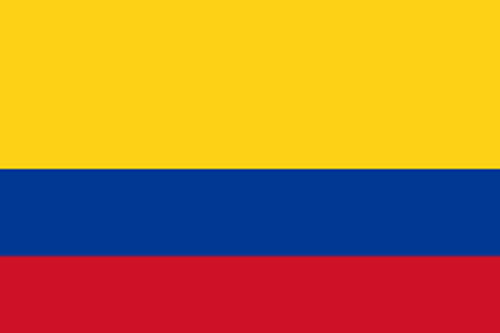 Colombia
Colombia  Indonesia
Indonesia
Altitude
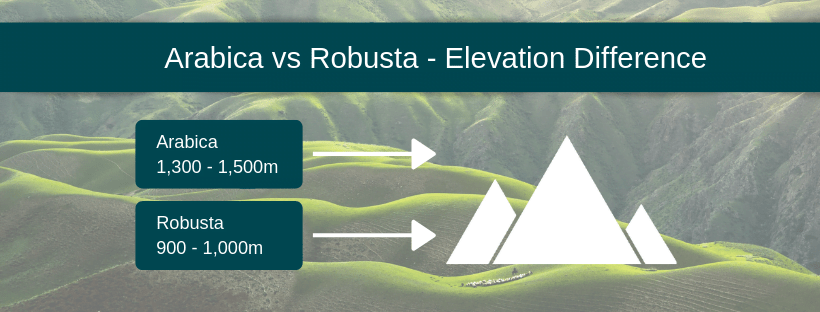
Arabica tends to grow at around 1,300 – 1,500m, whereas Robusta grows at 900 – 1,000m. This is an average, and both species can deviate from these figures.
In fact, Arabica plants can be grown as low as sea level and as high as well over 2,000m. Equally, Robusta can be grown as low as sea level and up to around 1,500m.
But, does elevation even matter?
Short answer – yes. Massively.
High elevations produce SHB (strictly hard beans) which are of a much higher quality than soft beans. Extreme weather conditions which are more common at higher elevations slow down the beans rate of maturation.
This allows more complex sugars to develop, which results in a much sweeter and tastier coffee.
Another point goes to our dear friend Arabica.
Caffeine content
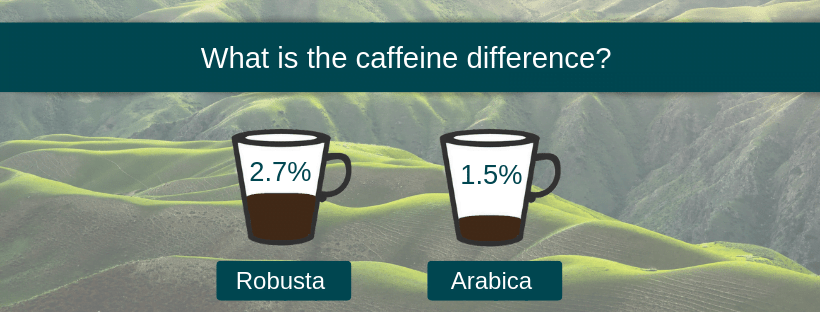
Robusta has around double the caffeine difference that Arabica has. On average, Robusta has a 2.7% caffeine content, whereas Arabica generally has 1.5%.
The Robusta plant contains more natural caffeine in, which gets passed down to the cups we drink. Although this is great for instant coffee where we look for a boost of energy and not necessarily great flavour, it isn’t ideal for artisan standard.
For those that drink it for the delicious flavour, Arabica is usually the winner as a high caffeine content gives a bitter flavour.
Taste
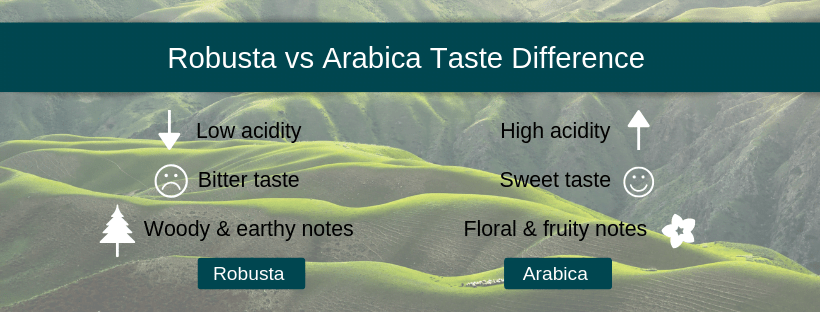
The main taste differences between these two species are:
- Acidity – Arabica is generally higher than Robusta.
- Taste – Arabica has a sweeter and more pleasant taste than Robusta.
- Flavour notes – Robusta is known for a woody, earthy and even burnt rubber-like flavour profile. Arabica is favoured for floral and fruity notes.
Now we’ve got the main differences covered, you can probably see that Arabica is generally considered the more superior bean.
So, who even uses Robusta? Keep reading…
Who uses Robusta coffee beans?
Robusta’s biggest use is for instant coffee. The strong and robust structure of the bean alongside the high caffeine content make it the ideal option for instant.
Many brands use it for their instant blends such as Nescafe, Kraft and Lavazza.
Even ‘the world’s most expensive bean’, also known as Kopi Luwak, use Robusta beans.
They are also great to be used in blends to boost the strength and caffeine content.
For example, our Milano Blend benefits from the smooth, sweet and rich flavours of 80% Arabica coffee beans and also gets a little boost of caffeine from 20% Robusta beans.
Another good example of a blend between arabica and robusta is our Indian Tiger Stripes Coffee. This one has flavour notes of liquorice, all spice and cocoa.
Who uses Arabica coffee beans?
Around 60 – 75% of the world.
Most artisan roasters and cafe’s invest in high quality Arabica beans.
This is because we are passionate and look for the very best in our cup. Although Arabica beans are more expensive, it is so worth it for the variety of amazing flavours you can get.
If you’re curious, ask your favourite roaster or shop to see what kind of beans they use. We recommend sampling all different kinds to find your favourite!
Have we answered all of your coffee questions?
Please leave a comment below if you think we missed anything…
